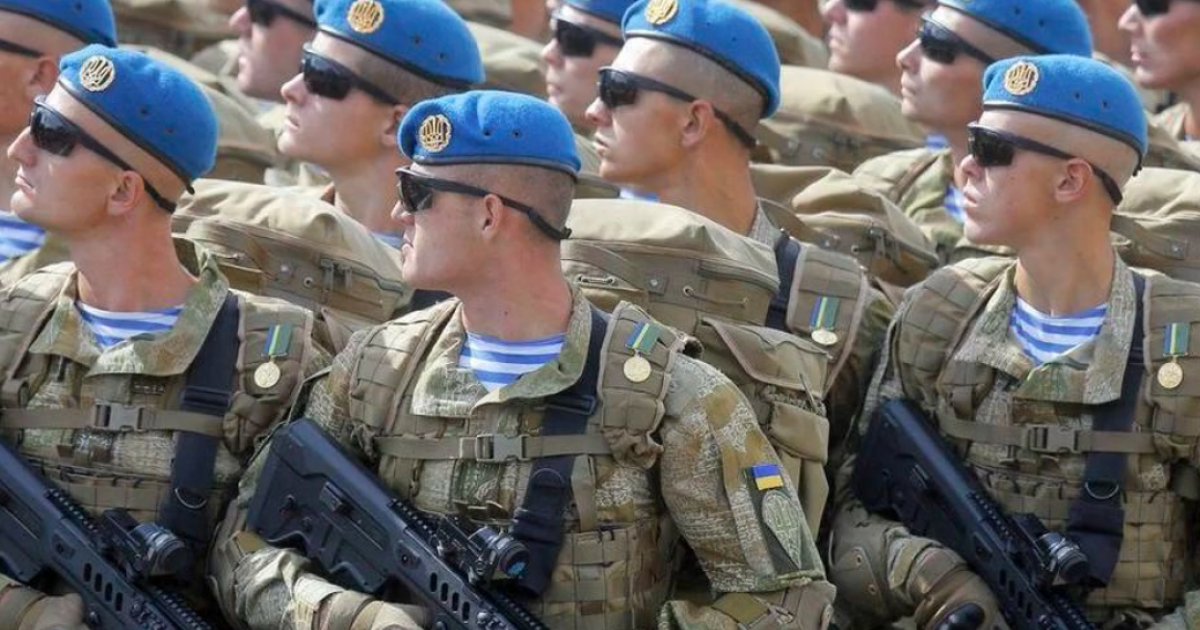
The U.S. government doled out $125 million in military aid for Ukraine on March 1, 2021. The Pentagon reported that this package consists of two armed Mark VI patrol boats, which brings the number of patrol boats that the U.S. has supplied to Ukraine to 8.
Additionally, the Pentagon revealed that the military aid package features certain equipment that enhances “the lethality, command and control, and situational awareness of Ukraine’s forces.” Dave DeCamp of Antiwar noted that aid also included “counter-artillery radars, other tactical equipment, continued support for satellite systems, and some medical equipment.”
The aid package represents the first phase of the $275 million that Congress greenlit for Ukraine in the 2021 fiscal year. In accordance with the 2021 National Defense Authorization Act, the additional $150 will be disbursed to Ukraine provided that its military undergoes various reforms.
Ever since the U.S. threw its weight behind a coup that forced then-Ukrainian President Viktor Yanukovych to resign, consequently leading to a Russian intervention in Crimea and a violent separatist movement in the Donbass region, the U.S. government has supplied Ukraine with $2 billion in military aid.
Despite campaigning to consider a detente with Russia, Trump ended up sending Javelin anti-tank missiles to Ukraine largely due to the Russiagate hysteria that became firmly embedded in D.C. and the general consensus among both parties that Russia is a “threat.”
In a recent statement, the Biden administration declared that it would never accept Russian sovereignty over Crimea.
The Russo-Ukrainian conflict has a strong ethno-linguist component to it, whereby ethnic Russians or Russian speakers tended to side with the Russians and were more supportive of the Crimean referendum and the separtist efforts in Eastern Ukraine.
However, there is a stronger geopolitical backdrop that must be addressed to understand the nature of this conflict. It’s no secret that the U.S. has used the North Atlantic Treaty Organization (NATO) as a stalking horse for U.S. expansion into Russia’s traditional sphere of influence. It also doesn’t help that Ukraine was denuclearized in the middle of the 1990s, which has left it vulnerable to Russia’s great power intentions thanks to the lack of a nuclear deterrent.
Going back to NATO, it was originally made up of 12 members when it was founded in 1949, but has now grown to encompass 30 members. Such an increase, especially in the post-Soviet era, violated promises by D.C. administrations in the 90s that the alliance would not be expanded.
Despite it being marketed as a “defensive” alliance, NATO’s encroachments in Russia’s backyard made the Eurasian power increasingly nervous in a geopolitical sense. Just think about it. How would the U.S. react if China or Russia teamed up to establish a military presence in Mexico or the Caribbean Basin? D.C. would go nuts and send military assets to counter such actions.
In a political environment with a rational foreign policy, the U.S. would not only be seeking a rapprochement with Russia, but also pulling out all of its military assets and taking a more Western Hemispheric approach to foreign policy. Maintaining the present hostile relations with Russia will only push it into China’s arms, and potentially create a competing bloc that could threaten American interests in ways unimagined.
Prudence, not ideological fixations, should dictate American foreign policy. Unfortunately, there’s a lot more of the latter permeating throughout the halls of D.C. these days.



